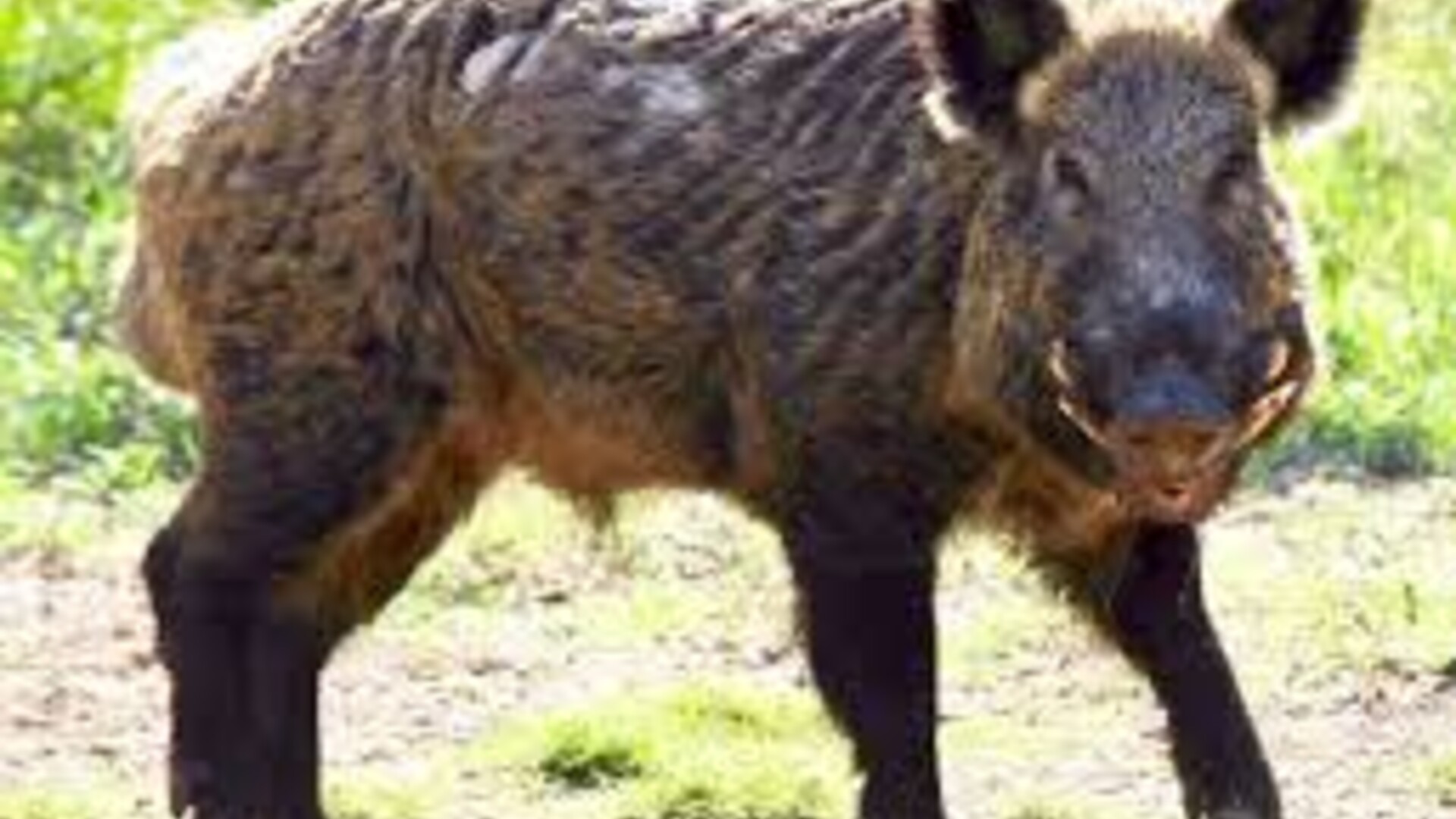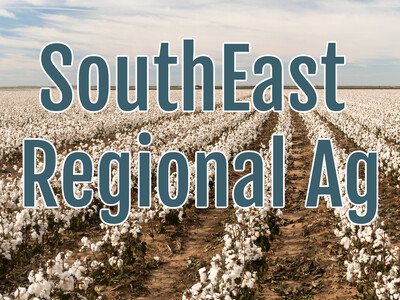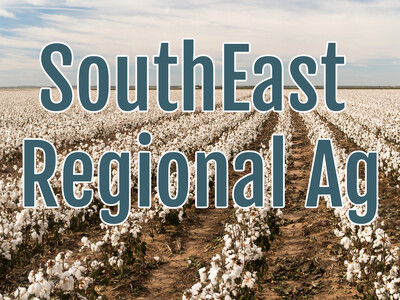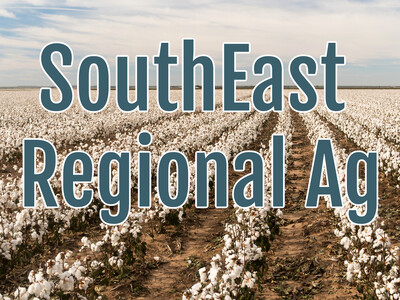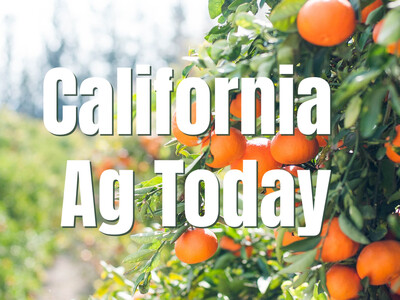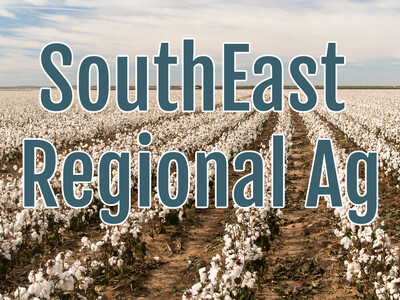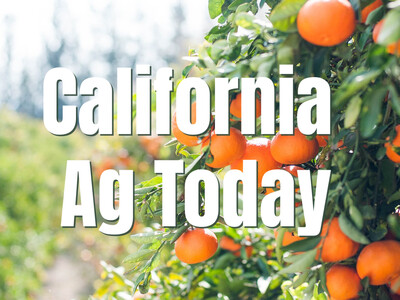Feral Swine Livestock Survey
The USDA has an ongoing investigation to learn the kinds and severity of damage to crops by feral swine.
Now the agency is looking into the kinds and severity of the damage done to US livestock operations.
In July the USDA's National Agricultural Statistics Service sent out 18, 000 surveys in 13 mostly southern states with the highest populations of feral swine.
It’s important to learn how much financial damages producers in states such as Florida, Georgia, and Alabama have suffered from feral swine.
Sophia McKee with USDA's Animal and Plant Health Inspection Service the data from this latest survey is going to be used to help those producers.
McKee: “ If we have a full picture of all of the costs that are inflicted by feral swine, then it’s easier for us to ask for money from congress to control these pigs.”
Livestock producers who haven’t been able to complete the survey might get a phone call from the agency offering to help fill it out. The data collection will end on the 18th of August.
Feral swine are the same species as pigs that are found on farms. The feral swine are descendants of escaped or released pigs. Feral swine are called by many names including; wild boar, wild hog, razorback, piney woods rooter, and Russian or Eurasian boar. No matter the name they are a dangerous, destructive, invasive species.
The wild hogs occur in all 67 counties of Florida and can be found throughout most of Alabama. Feral swine are reported to live in all of Georgia’s 159 counties, likely only trailing the massive swine populations in Texas and Florida.


